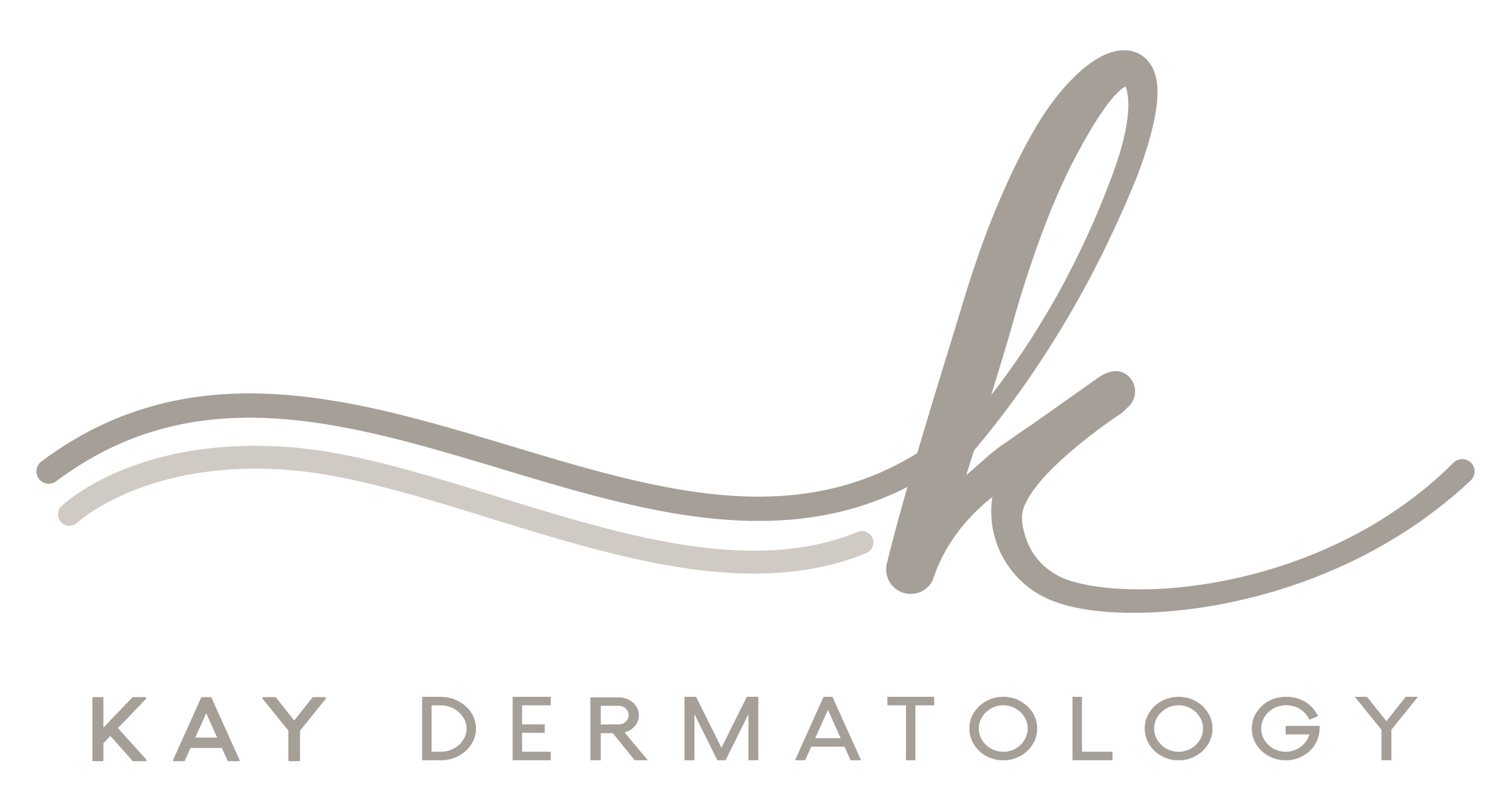

Skin tightening treatments, especially those using lasers, have become a go-to for many looking to improve their skin’s appearance. People often wonder if these treatments can also help with acne, scarring, and stretch marks. With advancements in dermatology, it’s worth exploring how effective these treatments are. Are they a versatile solution for various skin issues, or are their benefits more limited?
Laser skin tightening works on the principle of selective thermolysis. In this process, the laser emits a specific wavelength of light energy preferentially absorbed by water in the dermal layer of the skin. As the water absorbs this energy, it generates heat. This controlled heating is key to the treatment’s effectiveness. It creates a thermal injury within the dermis, the skin’s middle layer, where collagen fibers are located.
When collagen fibers are heated to a specific temperature, they contract and thicken, leading to immediate skin tightening. More importantly, this thermal injury triggers the body’s natural healing response, stimulating the production of new collagen and elastin over time. Collagen is the main structural protein in the skin, providing firmness and strength, while elastin is crucial for skin elasticity.
As new collagen forms in the following weeks and months, the skin’s texture and tone improve, becoming firmer and more youthful-looking. The precise targeting of laser energy allows for effective treatment without damaging the outer layer of the skin (epidermis), making it a safe option for various skin types.
Moreover, modern laser systems have cooling mechanisms to protect the skin’s surface and reduce discomfort, making the procedure relatively comfortable.
The treatment process for laser skin tightening typically follows these steps:
Laser skin tightening is versatile and can be applied to various areas of the body where skin laxity or aging signs are a concern. Commonly treated areas include:
Each area requires a tailored approach to ensure effective and safe treatment, considering the skin’s condition and the patient’s overall health and aesthetic goals.
The effectiveness of laser skin tightening in treating acne, scarring, and stretch marks varies based on the specific condition and the individual’s skin type:
Have realistic expectations and consult a skin care professional to determine the effectiveness of laser skin tightening for these conditions.
A good candidate for laser skin tightening is someone who shows signs of mild to moderate skin laxity and wants to improve their skin’s firmness without undergoing surgical procedures. These individuals should have realistic expectations about the outcomes, understanding that while the treatment can enhance skin appearance, it may not match the results of more invasive surgeries. Health-wise, candidates should be generally healthy, with no severe skin conditions or health issues that might impede healing or react adversely to the thermal effects of the laser.
Results from laser skin tightening typically become visible after several weeks. This timeline can vary depending on the individual’s skin type, the area treated, and the specific laser technology used. The collagen remodeling process, responsible for the skin’s improved appearance, takes time. Patients often see initial improvements shortly after treatment, with more significant changes developing gradually as the skin produces new collagen. Multiple sessions are usually necessary to achieve the best results. These follow-up treatments are often spaced a few days to weeks apart, allowing the skin to respond and heal appropriately between sessions.
If you’re considering laser skin tightening and want to learn more about how it can benefit your specific skin concerns, consider contacting Kay Dermatology. Our team provides personalized consultations, helping you understand the treatment process and expected outcomes. Don’t hesitate to take the first step towards achieving a firmer, more youthful appearance. Call or contact Kay Dermatology today to schedule your appointment and discover how laser skin tightening can enhance your skin’s health and appearance.
